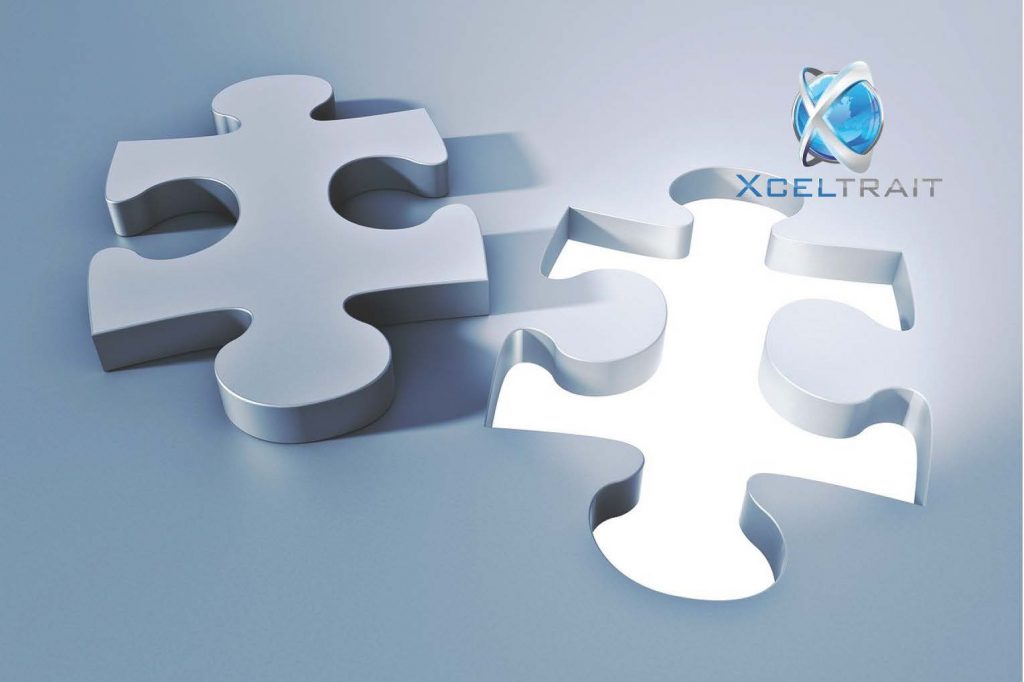
In a hyper-competitive world, the success of an organization is determined by its ability to become customer-centricity.
Gartner predicts that 89% of businesses are supposed to compete on the basis of customer experience alone.
Customer experience can be called a differentiator for business success.
With the help of tools such as ServiceNow’s IT Service Management (ITSM) and Customer Service Management (CSM), businesses can focus on building customer loyalty and grow better than their competitors.
ITSM and CSM are unique products that serve individual benefits to the users.
The ServiceNow ITSM, for instance:
- Automates requests using virtual agents so the staff can work on more meaningful tasks.
- Improves the productivity of agents by automating routine tasks.
- Provides actionable insights about the incidents by giving the agent full visibility of the customer’s complaint through built-in dashboards and analytics.
It offers options such as:
- Incident Management
- Change Management
- Problem Management
- Service Catalog and Request Management
- Knowledge Management
- Configuration Management Database
The main goal is to improve the speed and delivery of IT services. The primary owners are the IT support function and the technical customer support function.
The ServiceNow CSM, on the other hand, enables agents to support external customers through various channels such as phone, chat, email, and social media. It helps the agents to monitor the health of customer’s products and services and fix them. It applies the principles of service management to go beyond traditional customer service to serve customers more effectively. The customer service function is the owner of this product.
It offers options such as:
- Case Management
- Account Management
- Contract and Entitlement Management
- Product and Asset Management
- Knowledge Management
- Communities
- Field Service Management
How Integrating ServiceNow CSM and ITSM can Help Businesses?
ITSM and CSM serve specific functions within the organization. But the integration adds more value to the business.
For example, ITSM is typically used internally to support employees. However, it can also be used to offer technical support to external customers. CSM is completely focused on servicing external customers. Integrating them could make customer servicing more effective. By integrating ITSM and CSM, organizations can offer both technical and customer support to their customers through a unified platform. It enables organizations to streamline and personalize the service management process, deliver omni-channel support, and provide a single window for the customers to get a resolution to all their queries.
Let’s look at an example to understand how it works.
A customer of a product may log in to the customer service portal to seek a solution for a problem related to her product. When she logins in, she gets access to a tailored portal based on the product she purchased from the organization. She can access the knowledge base on the portal, ask the community of other users for tips, or directly log a service request ticket on the portal. The agent would receive the ticket on his agent’s workspace. He can access the case, investigate it, send it to the relevant department for fixing, track its progress, and update the customer about the status. It acts as a bridge between the internal processes and external customers. Once the customer is satisfied with the solution, the agent can mark the case as closed. The agent can send a customer satisfaction survey to receive feedback from the customer about the service, which can be accessed by his manager.
In a nutshell, the integration enables the agents to create new incidents, allocate it to the right department, track it, and close it after solving the customer’s problems. The customer does not have to worry about raising separate requests on different portals. They can access a single portal to raise and track the progress of their requests. This reduces the friction in the process and leads to a better experience for the customer. It also saves the agent’s time on constantly following up with departments. Everything is done seamlessly within the organization. The best part is that it can be measured. So, that helps the organizations to improve customer outcomes.
When to Combine ITSM and CSM
Both ITSM and CSM are aimed at streamlining service and support operations. While both the products serve specific purposes, they can deliver enhanced impact when used together.
Here are some scenarios when organizations should consider combining both the products
- When organizations using the ITSM product to deliver technical support want to adopt CSM to provide both customer support and technical support to their customers.
- When organizations have dedicated teams for technical support functions and these are not the same as the internal IT support teams.
- If an organization is selling technical products and services but not using service management processes to support them, then they should consider extending their CSM capabilities with ITSM processes.
- When organizations want to standardize all technical support in a single platform.
A happy customer is a loyal customer, and we at Xceltrait have been helping organizations to build that relationship.
We provide organizations with ServiceNow’s CSM and ITSM integration. We help them to bridge the gap between their front-end, middle, and back-end operations, so they are equipped to provide a comprehensive service management solution for their end-customers. The aim is to enable organizations to enhance their customer’s journey regardless of where they are on the journey.
Talk to one of our specialists, and we will help you define and implement a solid customer experience strategy powered by ServiceNow.


